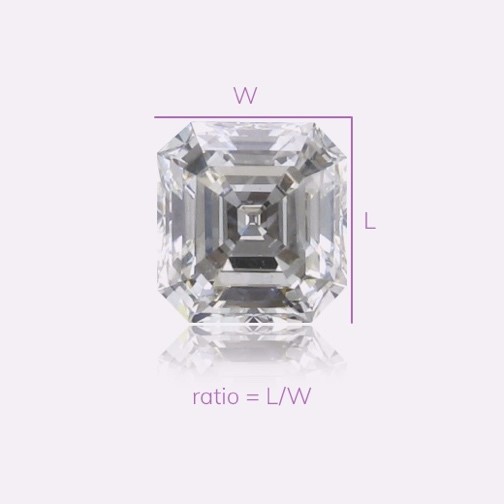
The round brilliant cut diamond is named "brilliant cut" because it is the most brilliant and reflective of all shapes. Brilliant cut diamonds consist of princess, oval, pear, marquise, and heart. A brilliant cut diamond regardless of the shape is cut with the same facet patterns on the top and bottom of the diamond. This gives the diamond very similar reflective properties even though the shapes are different. A round diamond cut has been around for over 100 years. However, advances in cut design have taken the shape to new and amazing limits.
Today you can purchase what is called an ideal cut diamond. An ideal cut diamond is one of the world's most perfectly cut diamonds and is only available in the round shape.
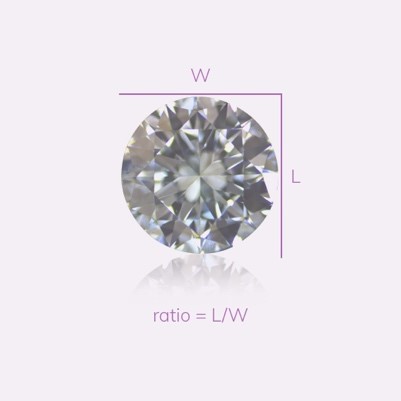
The emerald cut diamond has been around for many years, and once was a popular choice for royalty and affluent people. Some of the most famous and valuable diamonds have been cut in the emerald shape. An emerald diamond is a member of the step cut family of diamond shapes, which include baguettes, Asscher, trapezoid, and bullet cut diamonds. The step cut diamond gets its name because the pavilion has a series of facets that run parallel to one another to form steps. Emerald diamonds have fewer yet larger flashes of light while round and princess cut diamonds have more, yet smaller flashes of light. An emerald cut diamond looks like a prism, and a round or princess looks like a kaleidoscope. Emerald cuts should typically look rectangular in shape. It is very important to select a diamond of at least an SI1 clarity or higher when designing your diamond engagement ring with an emerald cut. Inclusions in an emerald cut diamond that are graded less than an SI1 can possibly be seen with the naked eye. Emeralds can vary from thick squatty shapes to long slender shapes. It is purely up to the wearer of the diamond to determine what is best for them.
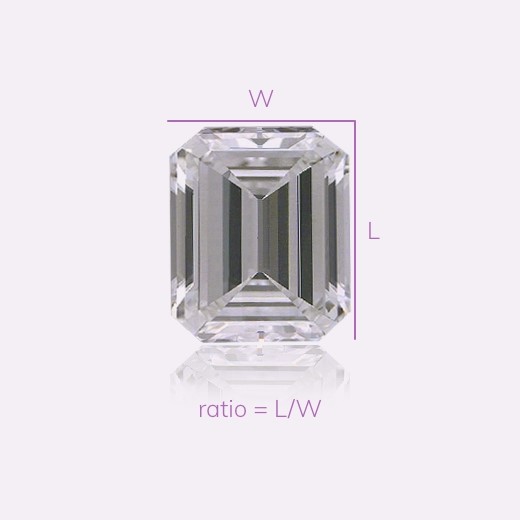
The cushion cut diamond is a unique diamond shape and looks great in today's vintage style engagement ring settings. The corners of the diamond have a gentle curve or rounded look, and the diamond is cut with large facets that add big flashes of light. Cushion cuts are sought in square and rectangular shapes.
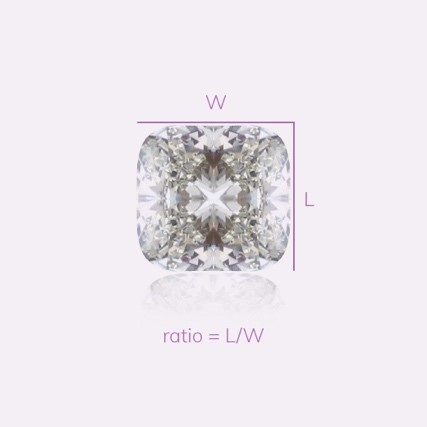
The oval diamond has always been a favorite for people who have longer and more slender fingers. The longer length of an oval diamond will compliment a long and slender finger. The oval is considered a brilliant cut stone because it is cut very much like a round brilliant cut. Oval diamonds look great in a variety of length to width ratios, and what you decide on is truly a personal preference.
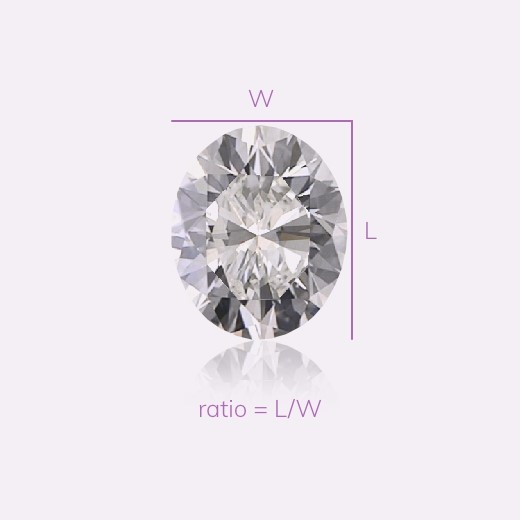
The heart shape is a diamond indicative of romance and passion. The heart shape diamond looks great in engagement rings, and also looks great as a solitaire necklace. A good length to width ratio is critical when choosing a great looking heart diamond.
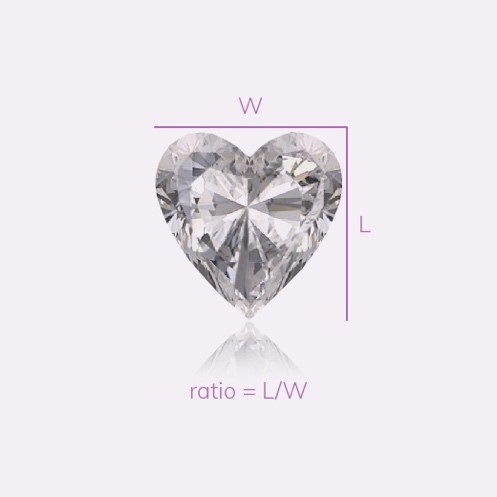
A radiant cut diamond is very much like a princess cut, and most people find both equally attractive. The major difference between the princess cut and radiant cut is that the radiant cut has angled cut corners. Although the radiant cut is a beautiful shape, it tends to look smaller than other shapes of the same weight. Be sure to find radiant cut diamonds with smaller depth percentages to maximize the size.
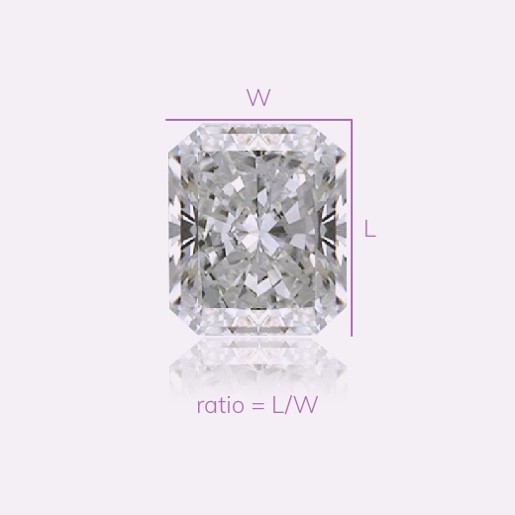
The marquise diamond can be one of the largest looking diamonds when compared to other shapes of the same carat weight. There are many engagement settings that look good with a marquise, particularly ones set with trillions or pear shapes on the side. The style of setting that you choose can sometimes determine the length to width ratio for a marquise.
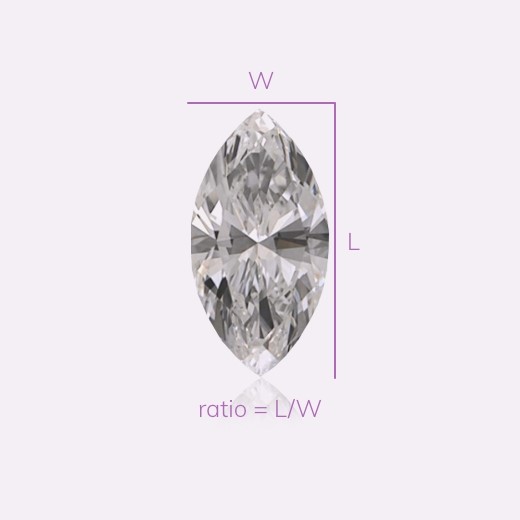
The pear shape diamond is considered a brilliant cut diamond and has very similar characteristics as the marquise cut. The diamond tends to look bigger than other shapes of the same carat weight, and it also looks great with trillions or additional pears on the side of an engagement ring.
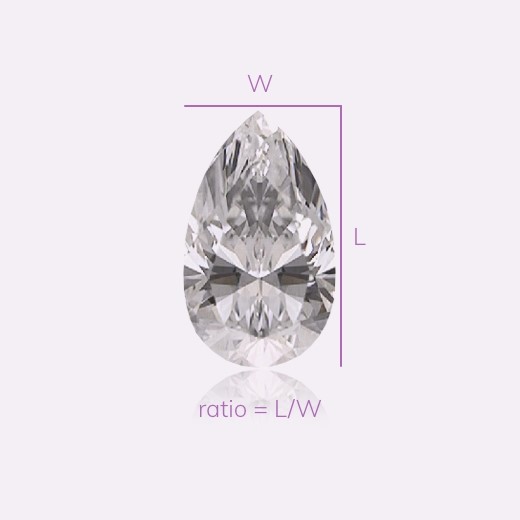
The Asscher brothers of Holland created the Asscher cut diamond over 100 years ago. The Asscher cut is considered a member of the step cut family because the pavilion facets run parallel to one another in a series of steps. It is cut very much like the emerald cut, except that the Asscher cut is square, while the emerald is rectangular. When looking at an Asscher cut you'll notice that the diamond's cut seems to go on forever, this effect draws the eye into the center of the diamond. Because the viewer focuses intently on the diamond, it is very important to select a diamond of at least an SI1 clarity or higher when designing your diamond engagement ring with an Asscher cut diamond. Inclusions in Asscher cut diamonds that are graded less than an SI1 can possibly be seen with the naked eye.
